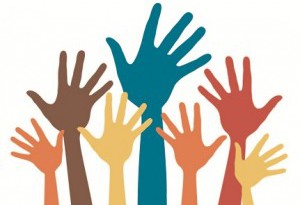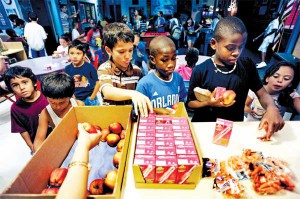According to the National Center for Children in Poverty (NCCP) (2008), 32.4 million children live in low income families and 16.1 million live in poor families. Poverty is defined as “family income less than 100 percent of the poverty threshold; low income is defined as family income less than 200 percent of the poverty threshold” 4.4 million children that live in the Northeast live in low income families. 6.6 million children that live in the Midwest, live in low income families.8.1 million children that live in the west, live in low income families and 13.2 million children that live in the south, live in low income families. 31 percent of white children live in low income families, 32 percent Asian, and 63 percent Indian. Hispanic and Black children are the demographic groups affected the most by poverty. 65 percent of Black and Hispanic children live in low income families (NCCP, 2008).
Causes
There are various causes of poverty but education as a factor is highlighted by National Center for Children in Poverty (2008). “The majority of children in low income families have parents without any college education”.25% of children in low income families – almost 7.2 million- have parents with less than a high school diploma. Among children whose parents work full time, 73% of children whose parents have less than high school diploma, but no college education, live in low income families. 46% of children who parents have a high school diploma, but no college education, live in low income families (Parents Low Education Leads to Low Income)
Symptons
Economic hardships have profound effects on a child’s development and their prospects for their future. According to NCCP, it impedes a child’s cognitive development and their ability to learn. Some outcomes mentioned are dropping out of high school, poor adolescent, poor child health, poor employment outcomes as well as behavior, social, and emotional problems . The National Center for Biotechnology Information emphasizes the Educational effects of Poverty in their article “The Impact of Poverty on Educational Outcome for Children”. They believe a child’s ability to succeed both academically and socially in a school environment is reflected by school readiness. It has been documented that poverty decreases a child’s readiness for school through health, home environment, and neighborhoods. “Children from low income families often do not receive the stimulation and do not learn the social skills required to prepare them for school. This results to children from lower income households scoring lower on measure of vocabulary and communication skills, knowledge of numbers than children than children from higher income households.




